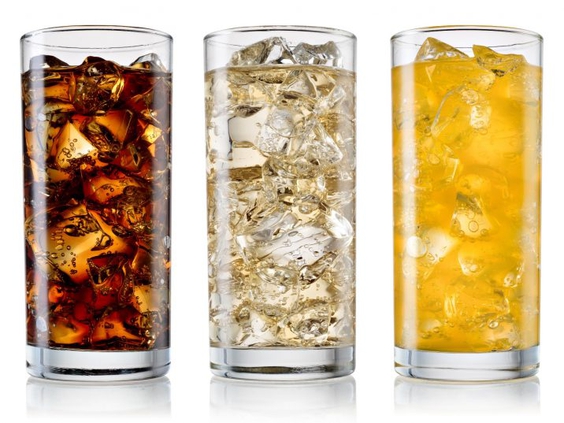Emulsion 101: The science behind drinkable weed

The global cannabis industry has seen an explosion of new infused beverages, confections and topicals over the past few years. As cannabis is increasingly normalized, these trustworthy, accessible and mass-marketable products are bringing in diverse consumers and facilitating steady and promising growth for the industry as a whole.
If infused products are gaining traction, it’s first and foremost because they actually work. That’s where emulsion technology comes in.
Emulsion 101
Raw cannabinoids are extracted from the plant in the form of distillate or isolate, which are highly oil soluble (hydrophobic) but not water-soluble. Infusing these raw cannabinoids straight into a beverage, edible or topical (usually hydrophilic) often involves an intensive manufacturing process, but results in inconsistent product quality and user experience.
Emulsification is the key processing step between raw cannabinoids and infused products that help avoid these inconsistent results. The emulsification process applies physical energy to break up the cannabinoid oil into tiny droplets and immediately stabilizes them with an ingredient called an emulsifier. The emulsifier is designed to lower the surface energy between oil and water, thus stabilizing the finished emulsion system. By this transformation, the cannabis emulsion can then be infused into a water base, creating stable and consistent infused products.

Harold Han is the Founder and Chief Science Officer at Oakland-based infusion technology company Vertosa. PHOTO BY VERTOSA
Cannabis emulsion technology is actively advancing and refining, and this progress is steadily expanding the realm of possibilities for infused products. As of now, a remarkable diversity of infused beverages, edibles, and topicals are within reach.
Emulsion challenges for infused products
The most important consideration when developing an infused product is whether or not it works consistently. If the consumer does not feel the intended effect, or if this effect is inconsistent over several uses, they will not make a repeat purchase.
Not only do cannabinoid emulsions need to effectively mix oil and water, but they need to ensure a reliable and intended experience across numerous scientific hurdles, including ingredient interaction, packaging compatibility, storage stability and more. This is an important reason why, when it comes to emulsions, one size does not fit all.
For example, in terms of ingredient interaction, red wine poses unique challenges. Red wine contains high levels of polyphenols, a micronutrient that tends to bond with most emulsifiers and cause potency loss. There was no infused red wine on the market before 2019 due to this incompatibility issue.
Similar challenges arise throughout the product development process. Emulsions can run into trouble when put in contact with certain packaging materials, or when exposed to harsh thermal processing conditions, or simply when exposed to air for too long. Solving these challenges requires an understanding of the origin of the problem, and a thoughtful solution within the emulsion system that integrates into the overall production process.
Emulsion technology has vastly expanded the choice and accessibility of cannabis products, enabling the industry as a whole to push further into the mainstream and introduce new audiences to the benefits of cannabinoids. Now it is our collective responsibility to sustain this progress and to further build trust with new and existing consumers.
420 Intel is Your Source for Marijuana News
420 Intel Canada is your leading news source for the Canadian cannabis industry. Get the latest updates on Canadian cannabis stocks and developments on how Canada continues to be a major player in the worldwide recreational and medical cannabis industry.
420 Intel Canada is the Canadian Industry news outlet that will keep you updated on how these Canadian developments in recreational and medical marijuana will impact the country and the world. Our commitment is to bring you the most important cannabis news stories from across Canada every day of the week.
Marijuana industry news is a constant endeavor with new developments each day. For marijuana news across the True North, 420 Intel Canada promises to bring you quality, Canadian, cannabis industry news.
You can get 420 Intel news delivered directly to your inbox by signing up for our daily marijuana news, ensuring you’re always kept up to date on the ever-changing cannabis industry. To stay even better informed about marijuana legalization news follow us on Twitter, Facebook and LinkedIn.




